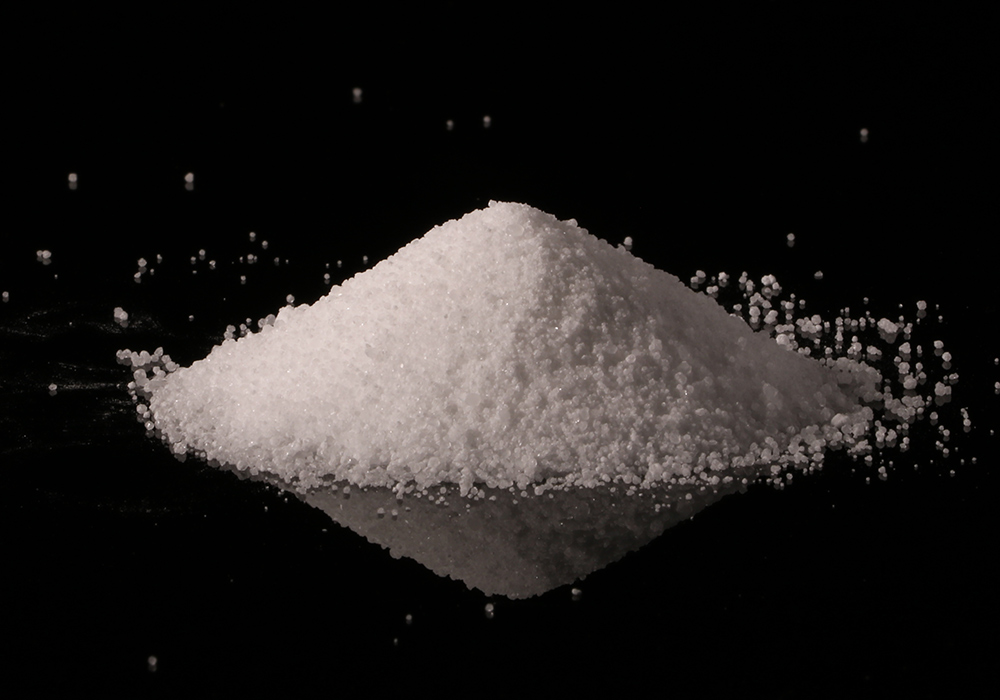Diboron Trioxide

Product Introduction
Diboron Trioxide
Aliases: boron oxide, boron anhydride, boric anhydride, anhydrous boric acid
Characteristics: strong water absorption
Content: 98.5%
Execution standard: Q/ ty-j08.04-2010
HS code: 2810001000
CAS no. : 1303-86-2
Boron trioxide (also called boron oxide/boric acid anhydride), colorless vitreous crystal or powder, melting point 450 ℃. Boron anhydride is colorless glassy crystal or powder, tasteless, with a slimy feeling on the surface. It can be reduced to monomer boron by alkali metal or magnesium or aluminum at high temperature. Oxidation is soluble in acid, ethanol, hot water and slightly soluble in cold water. It can be combined with some metals to form boroglass with characteristic color. It can be completely miscible with the oxides of alkali, metal copper, silver, aluminum, arsenic and tin. Crystalline boron oxide of the density of 2.46 g/cm3, the amorphous boron oxide of 1.80 1.84 g/cm3 density, melting point: 557 ℃, solubility: (g / 100 gh20) : (0 ℃) 15.7 1.1 (100 ℃), easy to water absorption, absorption temperature condition is cloudy, after also can soluble in alcohol. At low temperature, boron trioxide crystals can be obtained by dehydration of H3BO3. This crystal containing BO4 tetrahedron structure unit, density 1.805 g/cm3, melting point is 450 ℃ vitreous boron oxide density of 1.795 g/cm3, soften the at higher temperatures, when arrived at red high temperature becomes a liquid, the boiling point is 1500 ℃. Boron combines directly with oxygen to get B2O3.
Product Parameters
- Properties: colorless glassy body or powder
2, condensation point: 450 ℃
3, the boiling point: 1860 ℃
4. Density: 1.085g/mL(amorphous)
5. Solubility: this product is soluble in acid, ethanol, hot water and slightly soluble in cold water
6. Characteristics: gray-white powder, greasy surface, strong hygroscopicity, easy hydrolysis to generate boric acid, which can be reduced to monocrystalline boron by alkali metal or magnesium at high temperature; It can be completely miscible with oxides of metals, copper, silver, aluminum, tin and arsenic.
